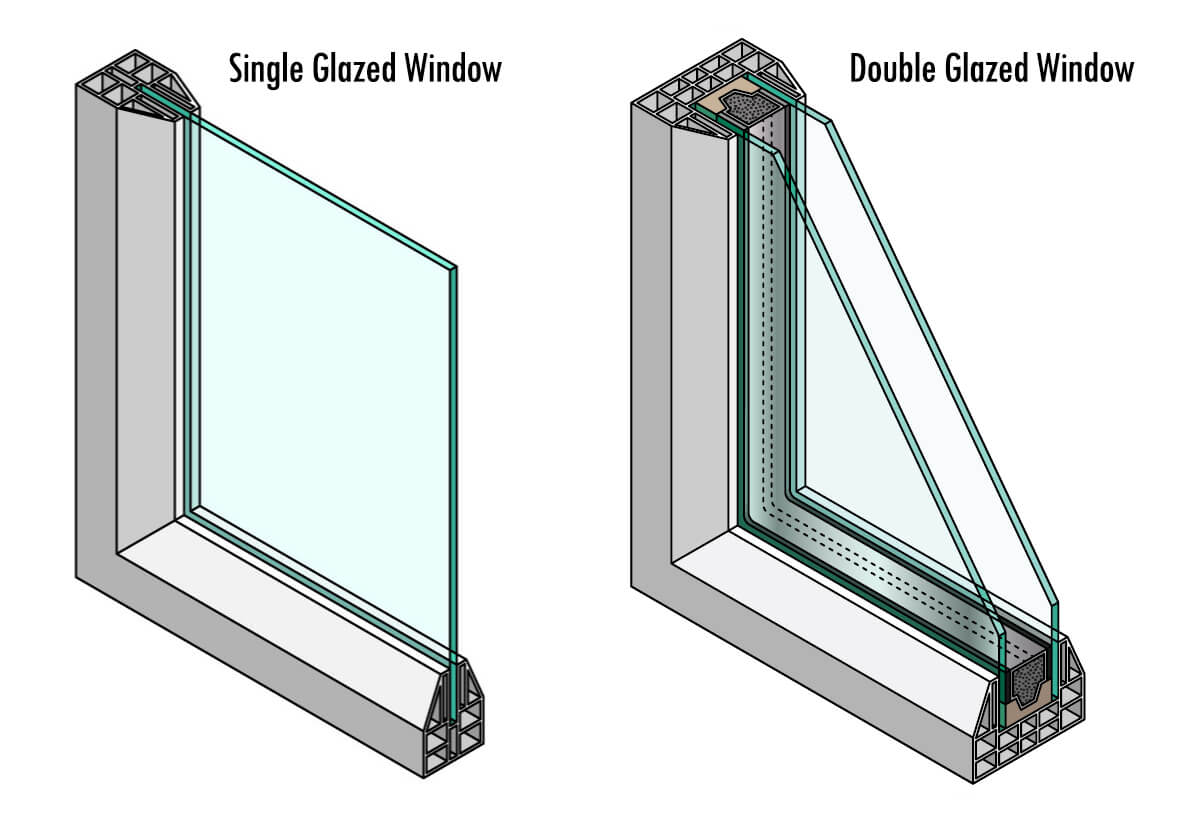We offer prompt, affordable and friendly glass replacement service. We’ll come direct to you and replace your glass before it becomes a real hazard.
Window Frame Types
No matter which type of window you have, Budget Glass have the knowledge and experience to reglaze it quickly and affordably.
Timber & Aluminium Frame Windows are very common in Australia, with Steel Frame Windows being progressively phased out.
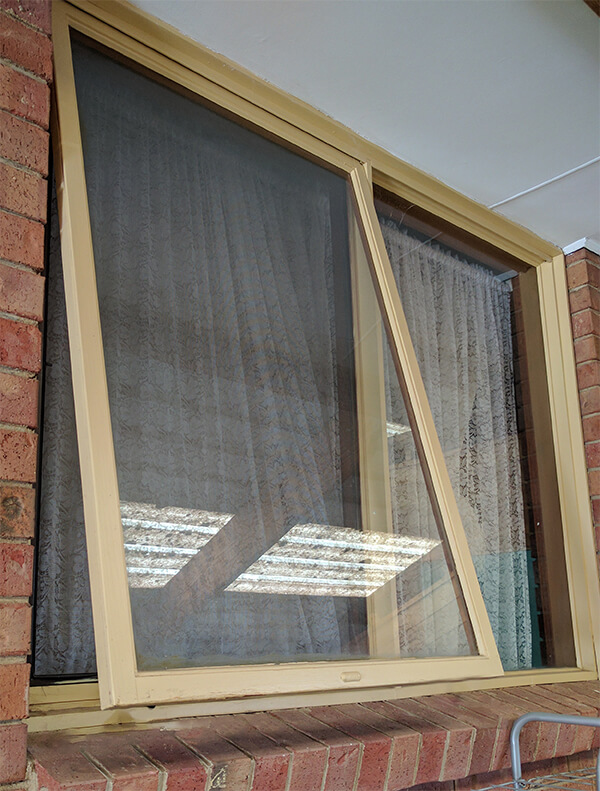
Timber Frame Windows
Timber Frame Windows & Doors are a popular choice found in many homes, we can reglaze both putty and beading timber frame panels.
Timber frame upper panels are often wind out sash windows, with the lower panels being fixed.
Timber Frame Windows & Doors are a popular choice, we can reglaze both putty and beading timber frame panels at your home.
Timber frame upper panels are often wind out sash windows, with the lower panels being fixed.
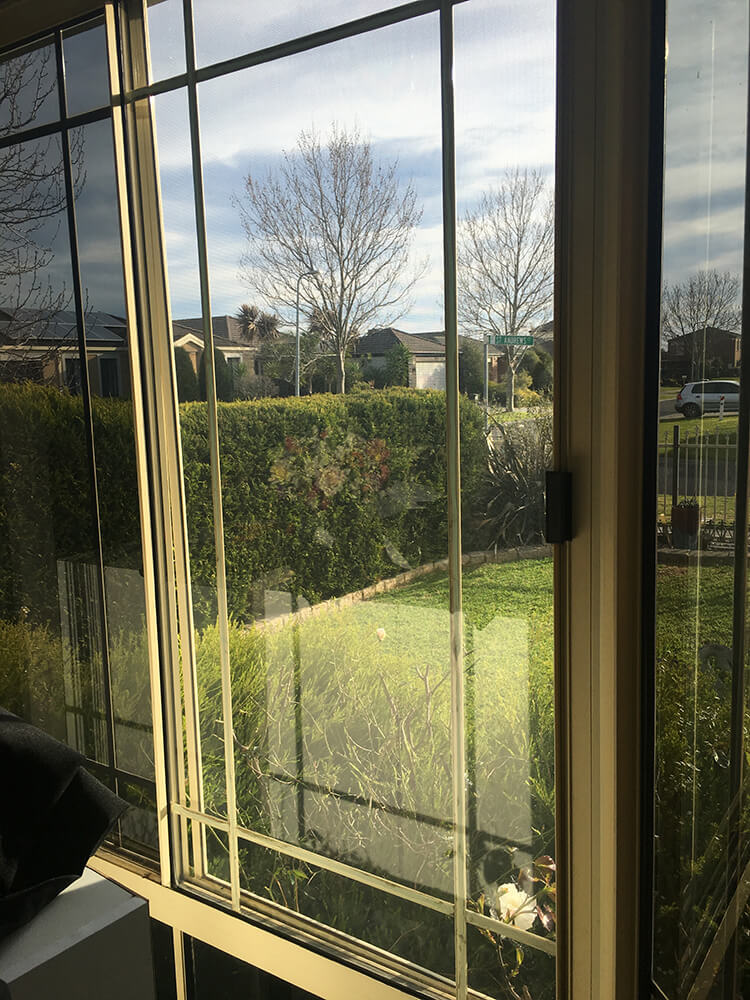
Aluminium Frame Windows
Aluminium Frame Windows & Doors are the standard for modern homes and can readily be reglazed by a qualified experienced glazier.
Aluminium Frame Windows usually have a rubber seal surrounding the glass which is then fitted into the frame.
Aluminium Frame Windows & Doors are the standard for modern homes and can readily be reglazed by a qualified experienced glazier.
Aluminium Frame Windows usually have a rubber seal surrounding the glass which is then fitted into the frame.
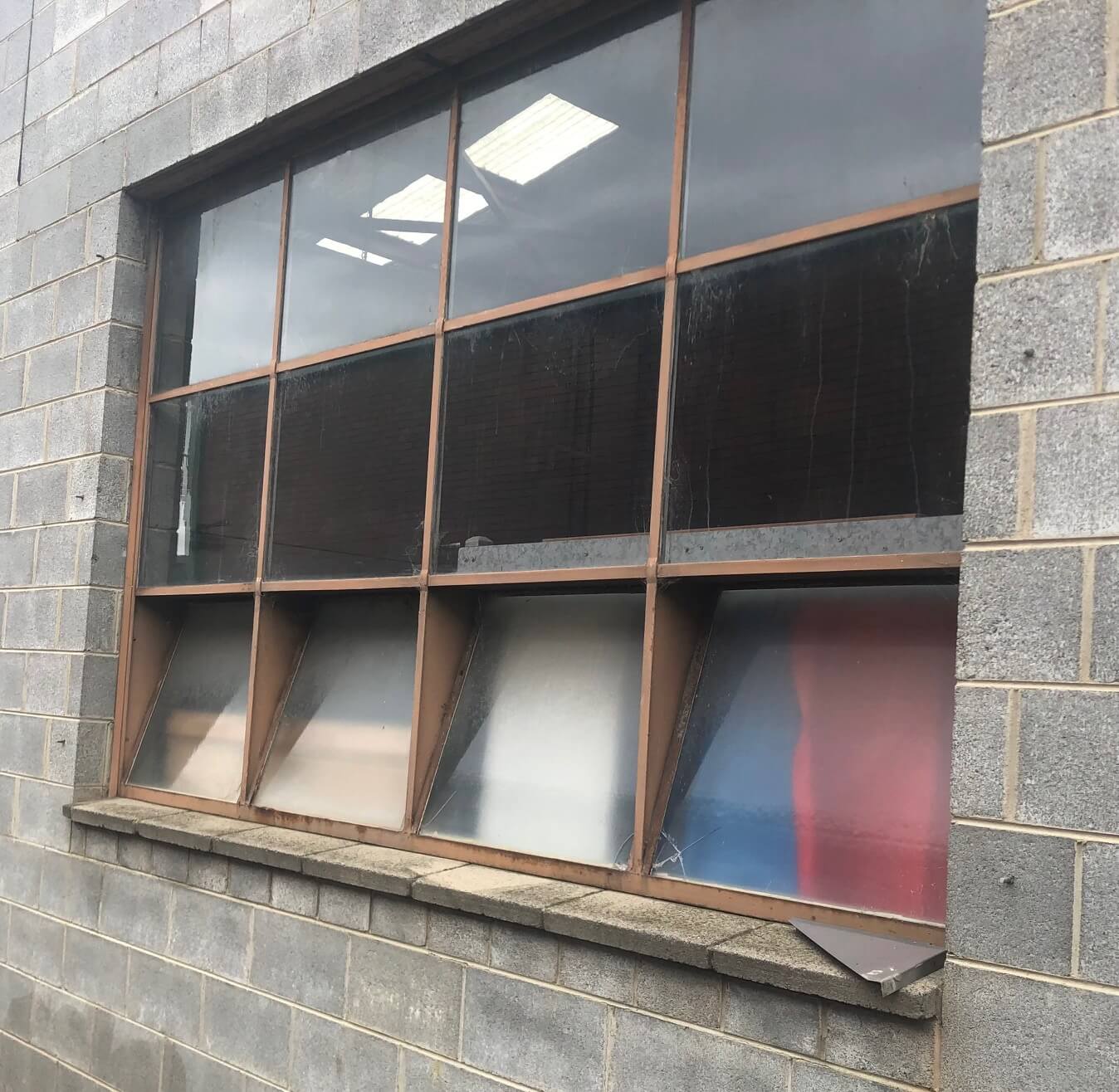
Steel Frame Windows
Steel Frame Windows & Doors are not as common anymore and can be quite difficult to repair and require a skilled glazier with specialised putty.
These are often lift up and down putty sash window panels, but also can be fixed panels.
Steel Frame Windows & Doors are not as common anymore and can be quite difficult to repair and require a skilled glazier with specialised putty.
These are often lift up and down putty sash window panels, but also can be fixed panels.
Window Styles
Windows come in a vast range of sizes and styles, all easily repairable by our experienced glazing team.
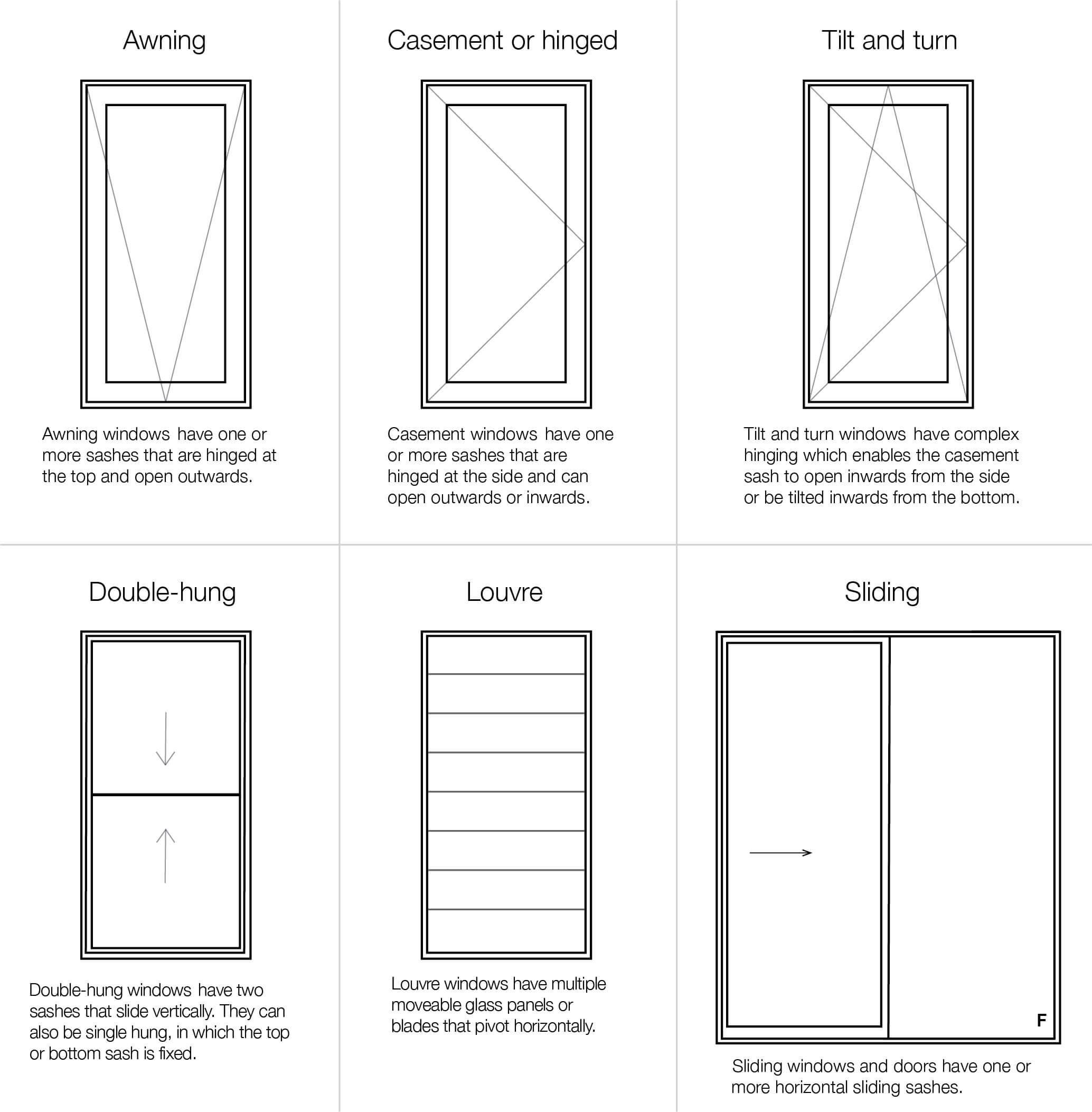
Fixed Panels
Fixed Panel Windows are simply windows which cannot be opened or closed. Essentially these are a panel of glass within a frame.
Awning (Windout) Panels
Awning windows are hinged at the top and open at the bottom, allowing easy ventilation in all weather conditions. These usually have a small winder at the bottom which is used to open the window.
Sliding Panels
Sliding Panels open horizontally (left to right) along a track for quick ventilation and are easy to open.
Casement Panels
Casement windows are hinged either on the left or right side and swing outwards like hinged doors.
Sidelite Panels
The glass panels that run parallel on either side of your front door are called sidelight panels. These often contain an obscure/decorative glass for privacy.
Louver Panels
Louver Blade Windows consist of a series of horizontal blades made from glass, which are fixed between the frame. You can open and close the blades by moving a small lever up and down.
Sashless (Shugg) Windows
Sashless windows are a double hung system that feature two moving panes of counterbalanced glass, without the bulk of a timber or aluminium sash frame surrounding the glass. These offer uninterrupted views and open in one easy motion.
Bi-Fold Window Panels
Bi-Fold Window Panels consist of a number of hinged framed window panels that fold into each other in order to provide a large expansive opening.
Timber Colonial Windows
Timber Colonial Windows consist of many small pieces of glass which are individually framed to make up one large window.
These usually contain many squares of roughly 300mm X 300mm in size.
Aluminium Colonial Bar Windows
Colonial Bar windows feature small strips of aluminium which are applied to glass windows to create the illusion of smaller panels. These look similar in style to small colonial windows however they are not individually framed.
Window Locations
Windows and doors contain different sized panels which can be full length, or partial (such as a lower or upper panel).
Full Length Panels
Full Length Windows Panels run from floor to ceiling and consist of one individual piece of glass contained within the frame.
Lower Panel Windows
Any window which runs between the floor level and waist height is considered to be a lower panel window. Almost all lower panels are fixed and do not move.
Upper Panel Windows
Any window which runs between waist height and the ceiling is considered to be an upper panel window. These often slide or windout for ventilation.
Door Panels
Any door panel over 0.26m2 must be a laminated or toughened safety glass by law. These come in different styles shown below:
Sliding Doors
Sliding Doors consist of one fixed panel, and one sliding panel which horizontally opens and slides behind the fixed panel. These can be timber or aluminium in a variety of styles.
Hinged Doors
Hinged Doors are hung from the side using a series of hinges which supports the weight of the door and allows it to open inwards. These are often Front Doors or Laundry Doors.
Stacker Doors
Stacker doors are functional doors that operate using two or more panels that slide in behind a single fixed pane. As one panel slides past the next, they interlock and continue sliding towards the last fixed pane. The panels effectively collect each other and are stacked behind the fixed panel.
Single Glazed vs Double Glazed
With a greater focus on energy efficiency and insulation, Double Glazed Units are becoming much more common in Australia. Newer homes in particular are often fitted with Double Glazed Units in both windows and sliding doors.
Single Glazed Panels
Single Glazed Window Panels consist of an individual piece of glass which is fitted into the window frame. The depth of the glass varies between 3-6mm for Single Glazed Window Panels.
Double Glazed Panels
Double Glazed Panels are made up of two (or more) sheets of glass separated by an airspace, and insulated into a double glazed unit filled with argon gas.
These sealed and insulated units are quite thick and can vary between 18-22mm typically. They are filled with argon gas to stop any form of condensation forming.
